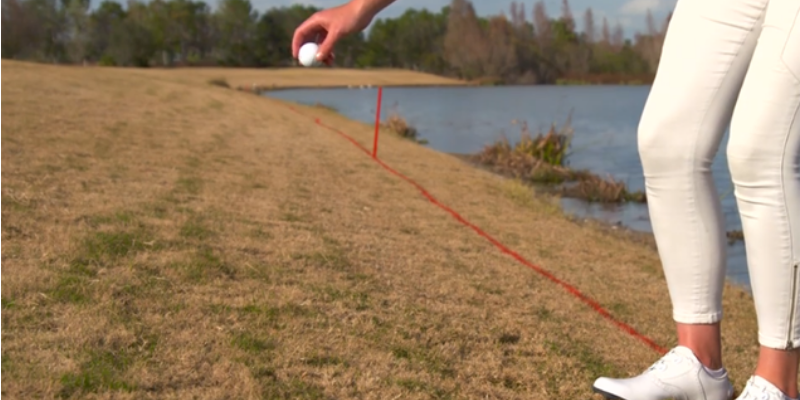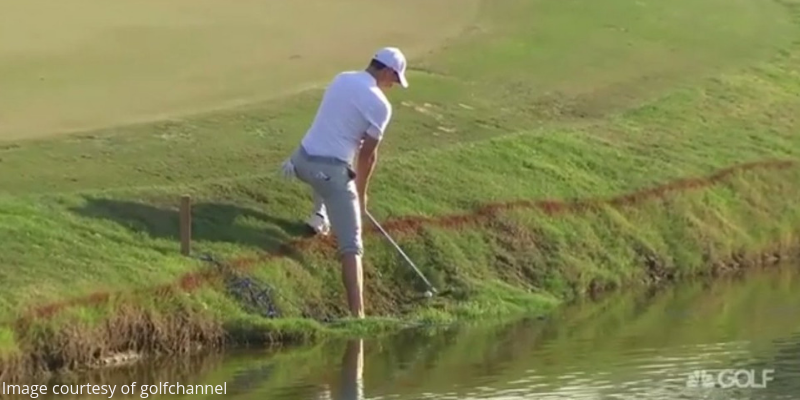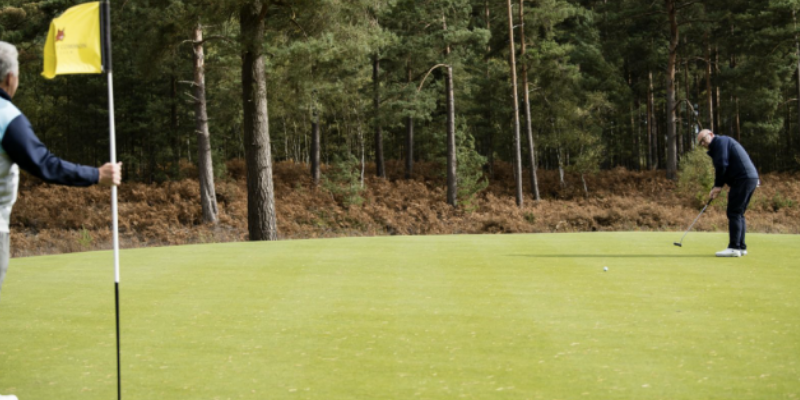As many of you are aware, the rules of golf are making some pretty drastic changes in 2019. Before your spring high school season starts up, let’s take a moment to see what’s changing and how they will affect your game moving forward.
Ball at restHave you ever caused your ball to move on the putting green without intentionally doing so? Well, under the old rules, that would typically result in a one-stroke penalty. With the new rules in 2019 - there will no longer be a penalty if a player (or opponent) accidentally causes the player’s ball to move on the putting green.
If you accidentally cause your ball to move while searching for it (long rough, leaves, debris etc.), there is no penalty and you will replace the ball as close to the original spot as possible.
Ball in motion
If a ball is in motion and is accidentally deflected by either you or your equipment, there will be no penalty and the ball will be played from where it comes to rest. However, if you deliberately position yourself or your equipment as a backstop and deflect a golf ball in motion, a 1 stroke penalty will be assessed.

Taking relief
Under the old rules, if you were taking a drop, you would have to drop your golf ball from your shoulder height. Under the new changes in 2019, you will drop the ball from knee-height. Be sure that the ball does not touch you or your equipment when making a drop.
Search time limit
With the new rules in 2019, the time allotted to search for a golf ball before it is deemed lost will be reduced from 5 minutes to 3 minutes. The main reason for this change is that it will help speed up the pace of play for a typical round of golf
Moving or touching loose impediments in a sand bunker
In 2019, the player will be allowed to touch or move loose impediments in a bunker and will be generally allowed to touch the sand with a hand or club; but a limited prohibition continues so that the player must not do the following: deliberately touch the sand to test the conditions of the bunker, touch the sand in the bunker while making a practice swing.
Taking an unplayable lie while in a sand bunker
You now have an extra option when taking an unplayable lie in a bunker. You can take relief outside of the bunker, going back on a straight line from where your ball laid in relation to the flagstick, for a penalty of two strokes.
Substituting a ball when taking relief
When you take relief on a hole (when the player is required or allowed to play the next stroke from somewhere other than where the original ball came to rest), you will now be able to substitute the ball you were playing for another ball or choose to play the hole out with the original.

Grounding your club in a hazard
There will no longer be any special restrictions when a ball is in a “penalty area” (formerly known as “water hazards”). A player will be allowed to touch or move loose impediments and ground the club right behind the ball for any reason
Relief for an embedded ball
If your ball is embedded in the “general area” (the new term for “through the green”) you may take relief. You may not take relief for an embedded ball in a sand bunker. In taking relief, the player will drop the original ball or a substituted ball within one club-length of (but not nearer the hole) the spot right behind where the ball was embedded.
Repairing damage on the putting green
“Damage on the putting green” will be referred to as : ball-marks, shoe damage, indentations from a club or flagstick, animal damage, etc. and you are allowed to repair any of that damage without penalty. You are NOT allowed to fix any aeration holes, natural surface imperfections or natural wear of the hole

Hitting the flagstick while on the putting green
There will no longer be a penalty if your ball that is played from the putting green hits a flagstick left in the hole. Players will not be required to putt with the flagstick in the hole, they will have a choice of having it removed or left in. Allowing a player to putt with the flagstick in the hole should help considerably speed up play.
Double hitting a ball during a golf shot
Under the new rules, if a player’s club accidentally strikes a ball more than once during a single stroke, there will be no penalty and the ball will be played from where it lies.
Maximum score form of stroke play
Starting in 2019, a player’s score for each hole can be capped at a maximum set by a committee at a golf course, which may be fixed such as (6,8 or 10). If a player “picks up” or does not complete a hole, they will not be disqualified, but will receive the maximum score for that given hole. This new rule will not be used for elite play, but rather, may be useful for beginners or golfers of lesser skill level to speed up play.
I hope the above rule change highlights will help you and your team prepare for the spring golf season. If you are interested in learning more on all the changes happening in 2019, please visit the USGA.








